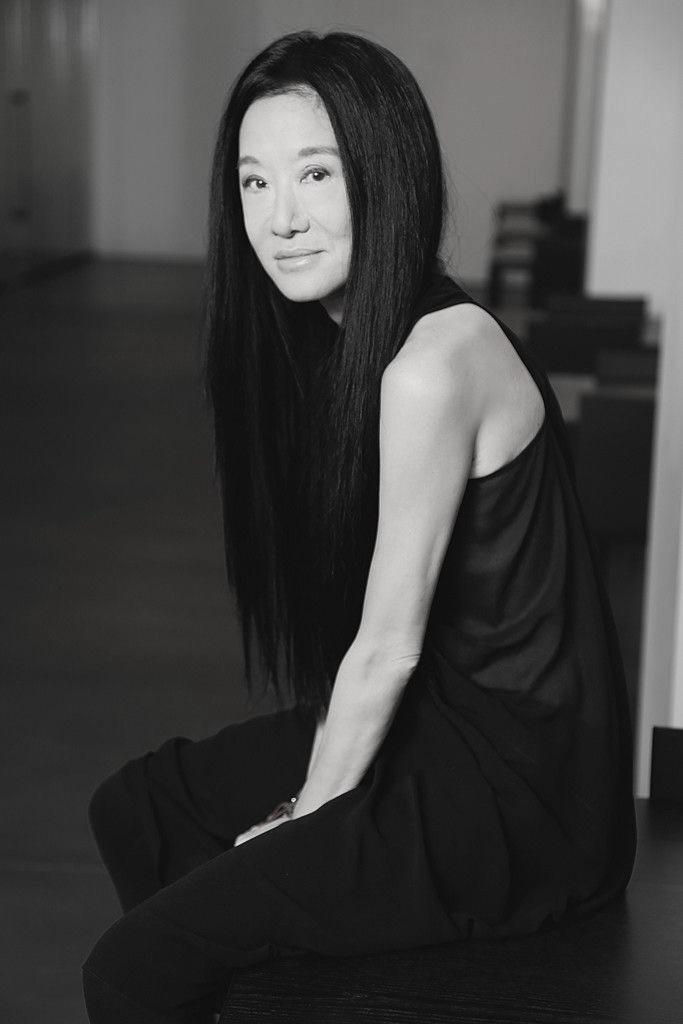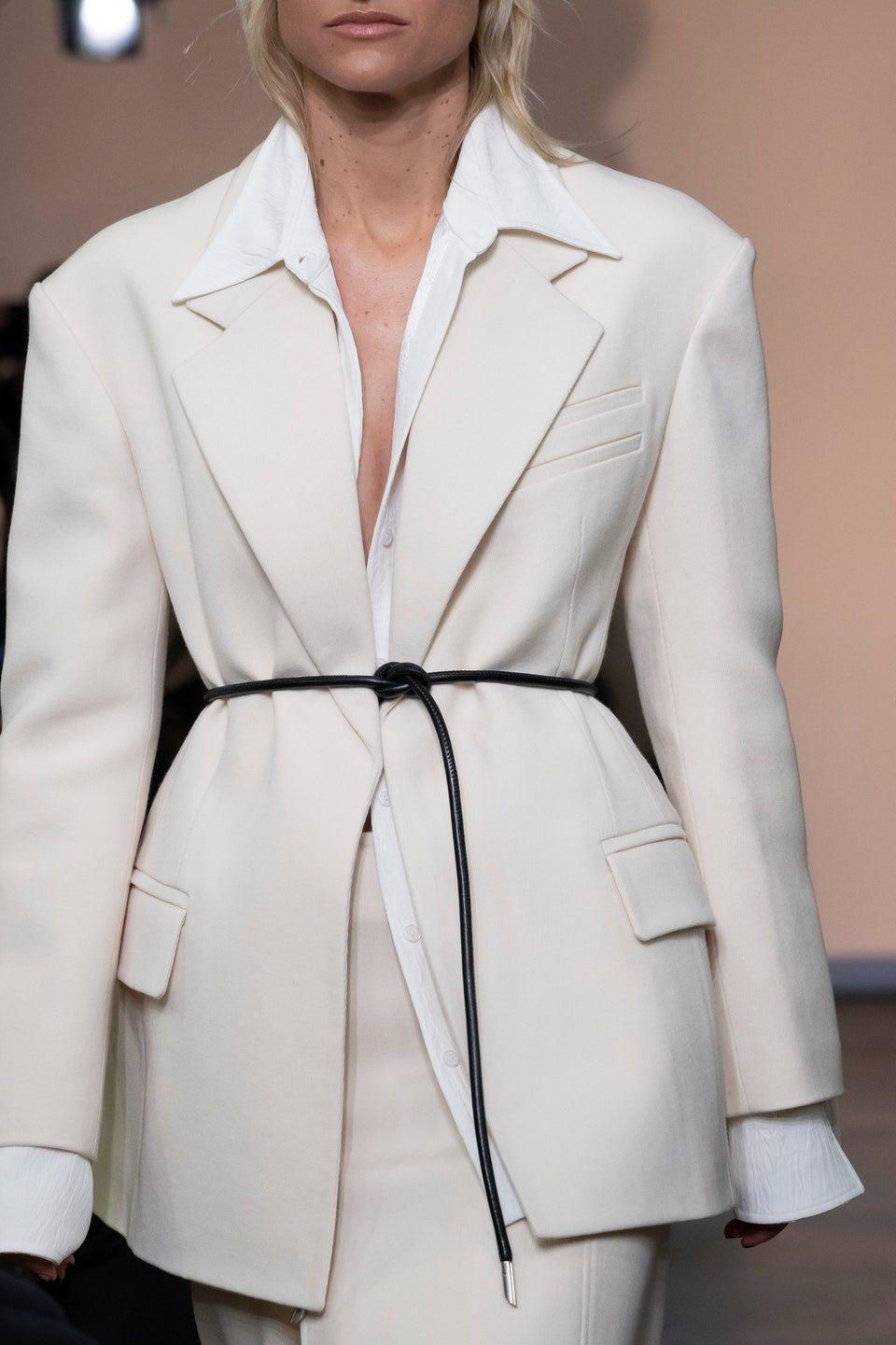Seasonal prints: do you know what they are?
- Rafaela Tiago da Silva

- Jan 17
- 2 min read
The retail sector, especially in the fashion world, eagerly awaits seasonal sales periods, such as Christmas, a date traditionally represented by the exchange of gifts, Carnival, a time marked by creative and fashionista productions for each day of festivities, and Halloween, a traditional North American festival, celebrated on October 31st and which is increasingly becoming more widespread in Brazil, popularly known as Halloween.
According to the National Confederation of Commerce of Goods, Services and Tourism (CNC), it is estimated that Christmas 2024 generated approximately R$69.75 billion in sales, with a focus on stores specializing in clothing, footwear and accessories, with 28.8% of the total (R$20.07 billion) in 2024.
A survey conducted by Nuvemshop, a platform used to create e-commerce stores, showed that Carnival 2024 increased sales by 70% during the period from January 1 to February 4, 2024, compared to the same period in 2023. The survey showed that more than 51 thousand products related to Carnival were sold, generating a turnover of approximately R$1.4 million. The best-selling products are from the fashion niche, such as bandanas, t-shirts, costumes and accessories. In the clothing sector alone, there was a 339% increase in sales and revenue exceeding R$440,000.
As for Halloween, a market survey released by Rede Globo showed that in 2024, 62% of Brazilians responded that they would make purchases geared towards the festivities. Of these, 69% intend to purchase Halloween-themed clothing and accessories.
A strategy widely used by major fashion brands is to create seasonal prints for some items and even special collections entirely produced for the festive period, with the theme of colors and figurative elements that refer to the date, such as, for example, the colors green, red and white at Christmas and figurative elements such as garlands, reindeer, gingerbread cookies, snowflakes, fireplaces, Christmas trees and Santa Claus, all of this with a lot of originality, without straying from the essence of the brand, so that the public recognizes it, while at the same time making it an object of immediate desire, since it is limited by being a Christmas special.
After developing themed prints and designs, brands resort to strategic partnerships with influencers to promote their creations on various communication channels. People consume successful seasonal products as quickly as possible, for fear that they will sell out and will not be available once the commemorative date has passed.
These designs, even if seasonal, can and should be protected by intellectual property rights, through registration with the INPI (National Institute of Industrial Property), so that the creations become even more exclusive, avoiding loopholes that could allow cases of plagiarism that would harm the sales of original pieces.
And you, have you ever thought about creating seasonal prints and designs to boost your brand's sales during special and celebratory periods of the year?




Comments